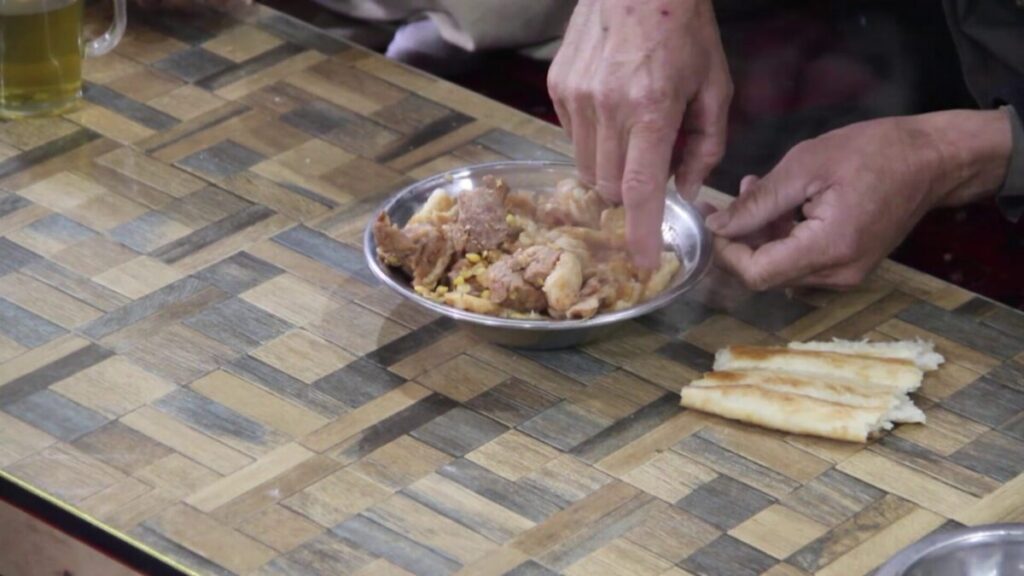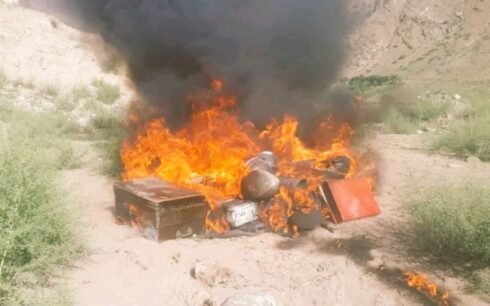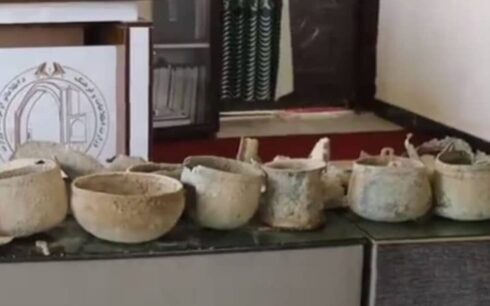For many years, Chainaki has been a cherished and authentic dish among Afghans, particularly in the northern province of Kunduz.
Chefs in Kunduz, renowned for their expertise in national dishes, excel in preparing Chainaki. Pahlawan Habibullah, a prominent Chainaki chef in Kunduz city, reports that his restaurant often has no seating available due to high demand.
Chainaki is a hearty lamb stew featuring tomatoes, eggplants, potatoes, greens, and garlic, traditionally served in a teapot. The dish involves simmering cubes of lamb with onions, garlic, ginger, turmeric, coriander, celery, tomatoes, and cilantro in a teapot with water. Ideally cooked over a charcoal fire, the stew takes at least an hour to prepare.

In Kunduz, Habibullah, also known as Pahlawan Habib, starts his day early, preparing Chainaki that entices passersby with its aroma. Known for its special soup variation by the Turkmen community, Habib takes pride in a 28-year tradition passed down from his father.
Drawing in more than five hundred customers daily, the popularity of Chainaki in Kunduz is evident. Mohammad Naeem Musakhil, a local, notes the distinct pleasure of the Turkmen-prepared Chainaki, emphasizing the high demand and early sell-out times.

Residents, including the elderly, note Chainaki’s consistent presence in their diets, with increasing interest from younger generations. The crowded tea shops are a testament to the dish’s enduring appeal.
“I have been coming to this place for ten years; it’s especially busy in winter,” shared a Kunduz resident. Another local, Nurullah, highlighted the preparation time of three to four hours for the stew, advising early arrival to secure a serving.

This traditional culinary practice bridges past and present, maintaining a loyal following for Chainaki through its inviting warmth and flavor.





